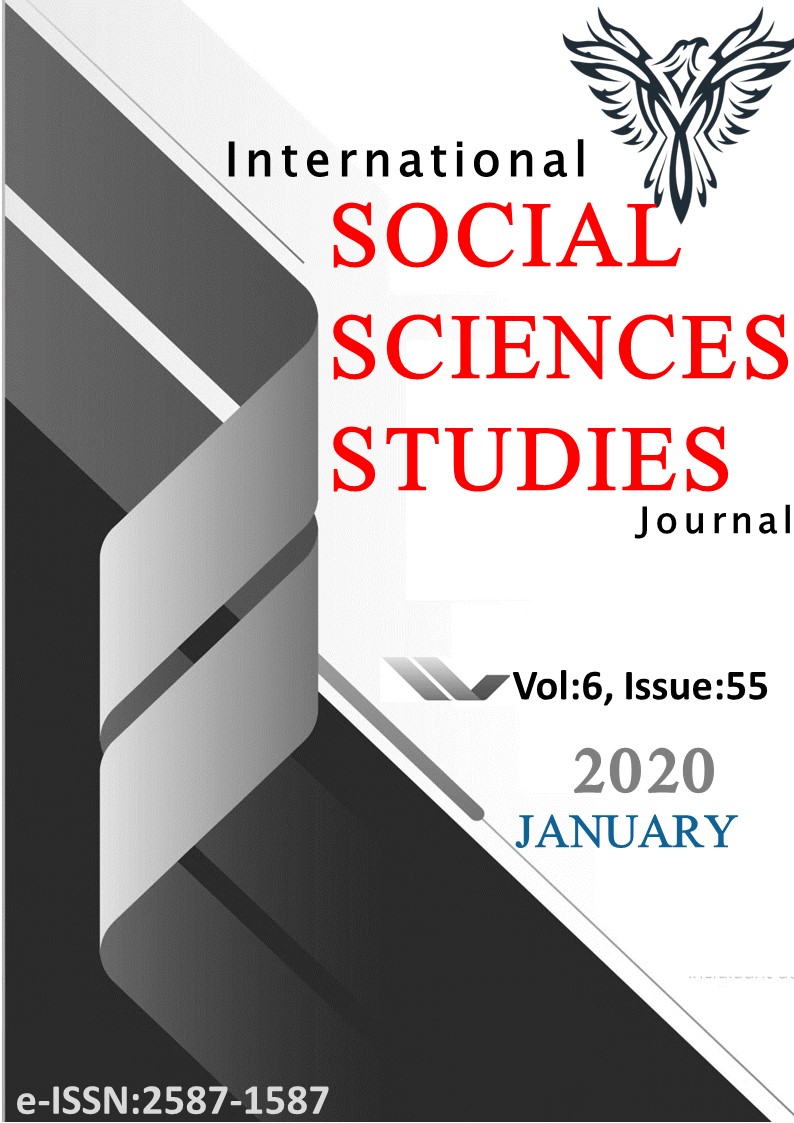Author :
Abstract
Bu çalışmanın temel amacı, banknot talebini etkileyen gayri safi yurtiçi hasıla, faiz oranları, döviz kuru ve döviz kuru oynaklığı gibi değişkenler ile banknot talebi arasında uzun dönemli ve istikrarlı bir ilişkinin bulunup bulunmadığının araştırılarak banknot talebine ilişkin bir modelin oluşturulmasıdır. Bu doğrultuda para talebi modelleri teorik ve amprik çerçevede incelenmiş, çoklu yapısal kırılmalar altında birim kök ve eşbütünleşme testleri yapılmış ve dinamik en küçük kareler yöntemi kullanılarak banknot talebi ile banknot talebini etkileyen değişkenler arasında uzun dönemli bir ilişkinin bulunup bulunmadığı analiz edilmeye çalışılmıştır. Ayrıca, hata düzeltme modeli oluşturularak kısa dönem model tahminleri elde edilmiştir. Çalışma sonucunda, reel banknot talebi ile gayri safi yurtiçi hasıla, faiz oranı, nominal döviz kuru ve nominal döviz kuru oynaklığı arasında uzun dönemli ve istikrarlı bir ilişki bulunduğuna yönelik amprik bulgular elde edilmiştir. Uzun dönemde reel banknot talebi ile reel milli gelir arasında pozitif bir ilişki; reel banknot talebi ile mevduat faiz oranı, nominal döviz kuru ve nominal döviz kuru oynaklığı arasında ise negatif bir ilişki bulunmaktadır.
Keywords
Abstract
The main purpose of this study is to develop a currency demand model by investigating the existence of a long-term and stable relationship between currency demand and macroeconomic variables such as gross domestic product, interest rates, nominal exchange rate and nominal exchange rate volatility. In this regard, currency demand econometric models are examined from theoretical and emprical perspectives, unit root and cointegration tests are launched under multiple structural breaks and the existence of a long-run stable relationship between currency demand and the variables affecting currency demand is analyzed through dynamic least squares method. Additionally, an error correction model is developed to obtain short-run model estimates. The outcome of the study reveales empirical findings of a long-run stable relationship between real currency demand and gross domestic product, interest rates, nominal exchange rate and nominal exchange rate volatility. Evidence suggests that, in the long-run, there is a positive relationship between real currency demand and gross domestic product whereas there exists a negative relationship between real currency demand and deposit interest rates, nominal exchange rate, and exchange rate volatility.
